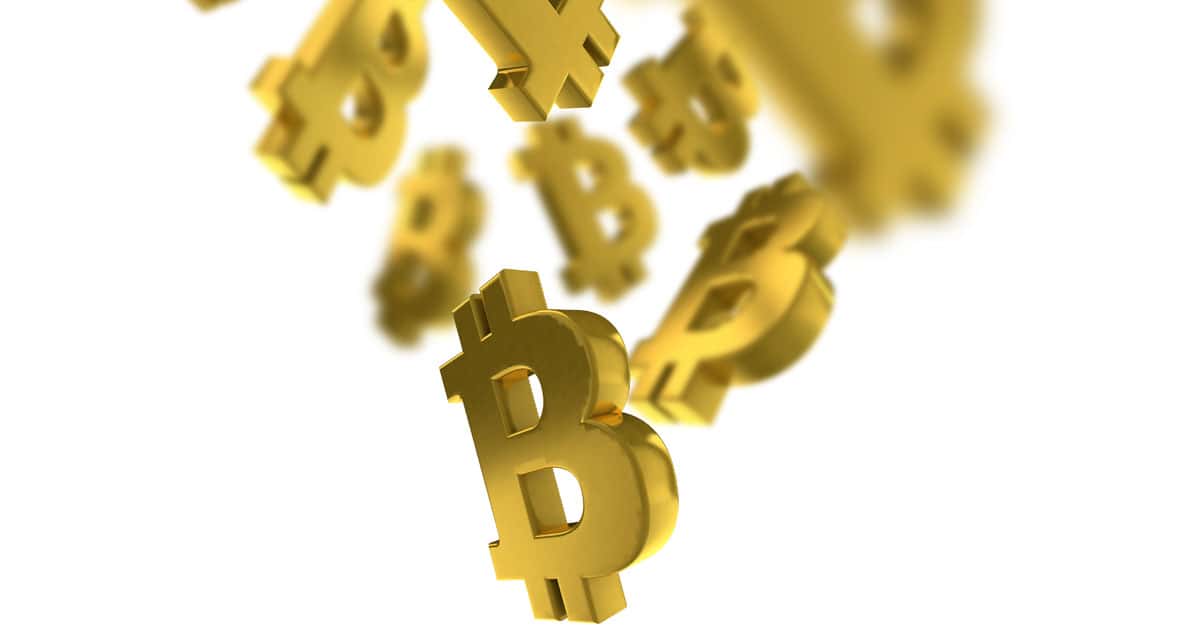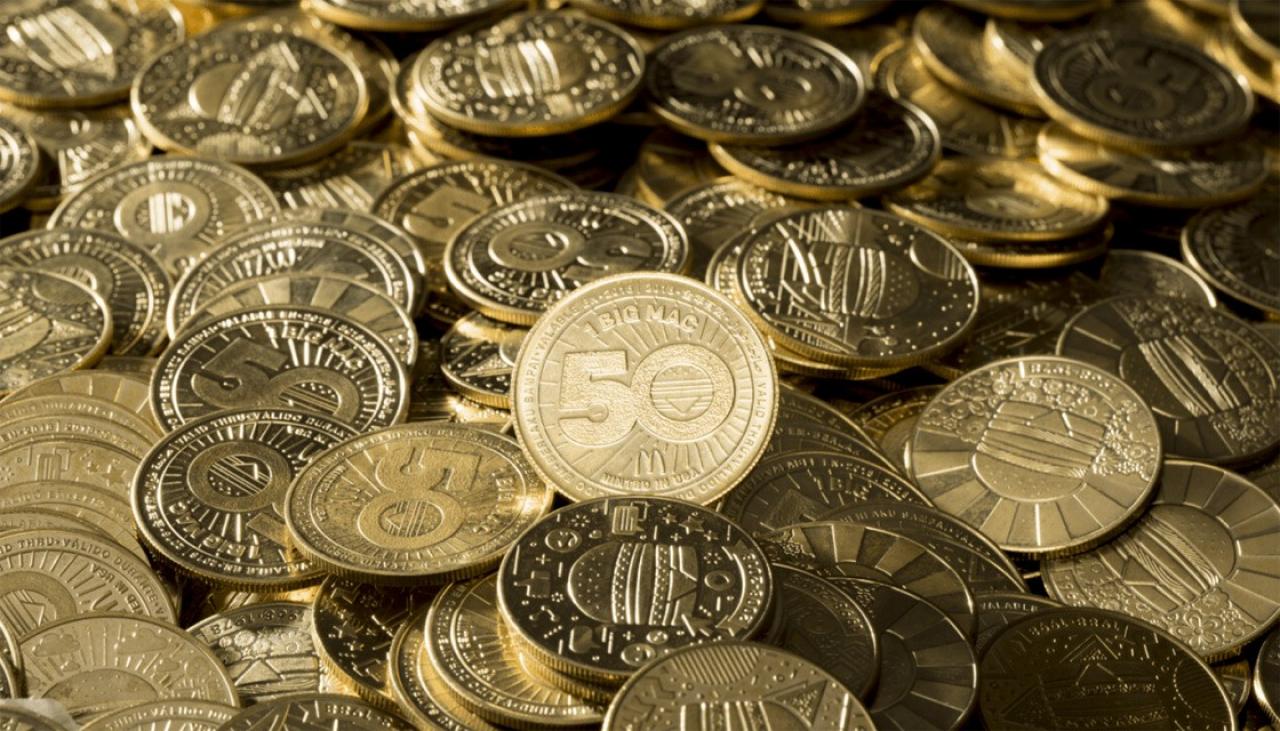

How to get a big mac coin - opinion you
Advise you: How to get a big mac coin
| DO YOU HAVE TO ROLL COINS FOR THE BANK | 787 |
| How to get a big mac coin | Coin farm online |
| HOW TO BUY FIFA COINS XBOX ONE |
For the Big Mac’s 50th anniversary, McDonald’s is celebrating the economic concept of purchasing power parity
It is the big 5-0 for the Big Mac, and McDonald’s is doing something special to celebrate the bestselling burger. Since this is 2018, what better way to mark the occasion than by launching a gimmicky pseudo-cryptocurrency?
Starting tomorrow (Aug. 2), McDonald’s will distribute more than 6 million “MacCoins” in thousands of restaurants in 50 countries. Buy a Big Mac, get a MacCoin, and then use that coin to get another Big Mac at any participating McDonald’s outlet, anywhere in the world. The coins—actual, physical coins unlinked to any blockchain or other form of distributed ledger—have five different designs highlighting each decade of the Big Mac: flower power for the 1970s, pop art for the 1980s, abstract shapes for the 1990s (such an abstract time, the nineties), technology for the 2000s, and communication for the 2010s. Bitcoin wishes it were so snazzy.
It’s a marketing ploy, to be sure, but the MacCoin promotion draws its inspiration, strangely enough, from a geeky index created by the The Economist to explain the concept of purchasing power parity.
Created in 1968, the Big Mac Index compares the cost of Big Macs across countries to examine whether currencies are over or undervalued. The index is crude but useful, and has spawned a variety of imitators, including the latte index and iPod index. These indexes illustrate the economic theory that exchange rates should reflect the value of goods that you can buy in different countries. The theory that currencies should have “purchasing power parity” was first developed by the Swedish economist Gustav Kassel in the early 1920s.
The argument for purchasing power parity is that if exchange rates allow you to buy a lot more of the same stuff in one country than another, people would just by products in one country and sell them in the other and make off like bandits. This isn’t often the case, for a variety of reasons, the main ones being that goods cannot be cheaply transported across borders and many others can’t be traded at all, like labor costs. Taxes, tariffs, market competition, and other factors also play a role.
Using the ubiquitous Big Mac as a proxy for a good that people can buy pretty much anywhere in the world, The Economist’s index compares what it costs to buy a burger in different countries with the exchange rate of those countries’ currencies. If a Big Mac costs 20 yuan in China and $5 in the US, that implies an exchange rate of 4 yuan to the dollar. The actual exchange rate, however, is closer to 7 yuan to the dollar, implying that the Chinese currency is undervalued by some 40% versus the dollar. The same goes for the yuan versus the yen, although the Chinese currency is only around 10% undervalued versus the yen, according to the latest data.
Since it’s much easier to transport a MacCoin from China to the US than it is to ship an actual Big Mac—assuming that there isn’t an untapped market for cold, soggy sandwiches—the promotion allows enterprising burger lovers to experience purchasing power parity in a real way. MacCoins acquired in China could, in theory, be traded for cash in the US and both parties end up better off. By selling a coin at a small discount to the price of a Big Mac in the US, the Chinese seller gets more money than it takes to buy a Big Mac back home (factoring in the cost of mailing a coin abroad), thanks to the overvalued dollar. The American buyer, meanwhile, gets a token for a Big Mac below cost, thanks to the undervalued yuan.
The margins on this trade are thin and making money at scale off this scheme would be difficult—for the record, McDonald’s says that MacCoins “may not be auctioned, sold, or duplicated in any way”—but stranger things have happened.
0 thoughts on “How to get a big mac coin”